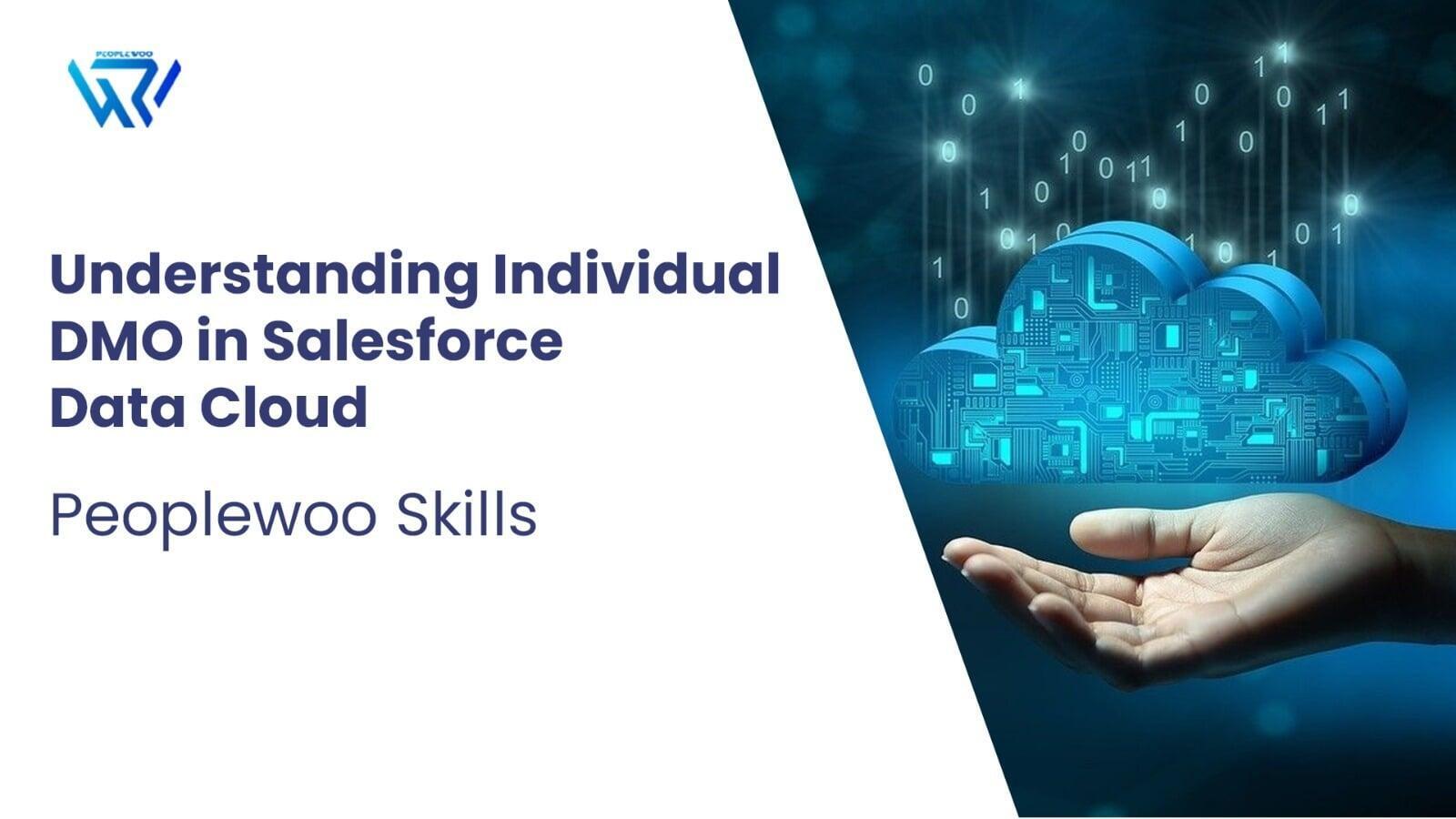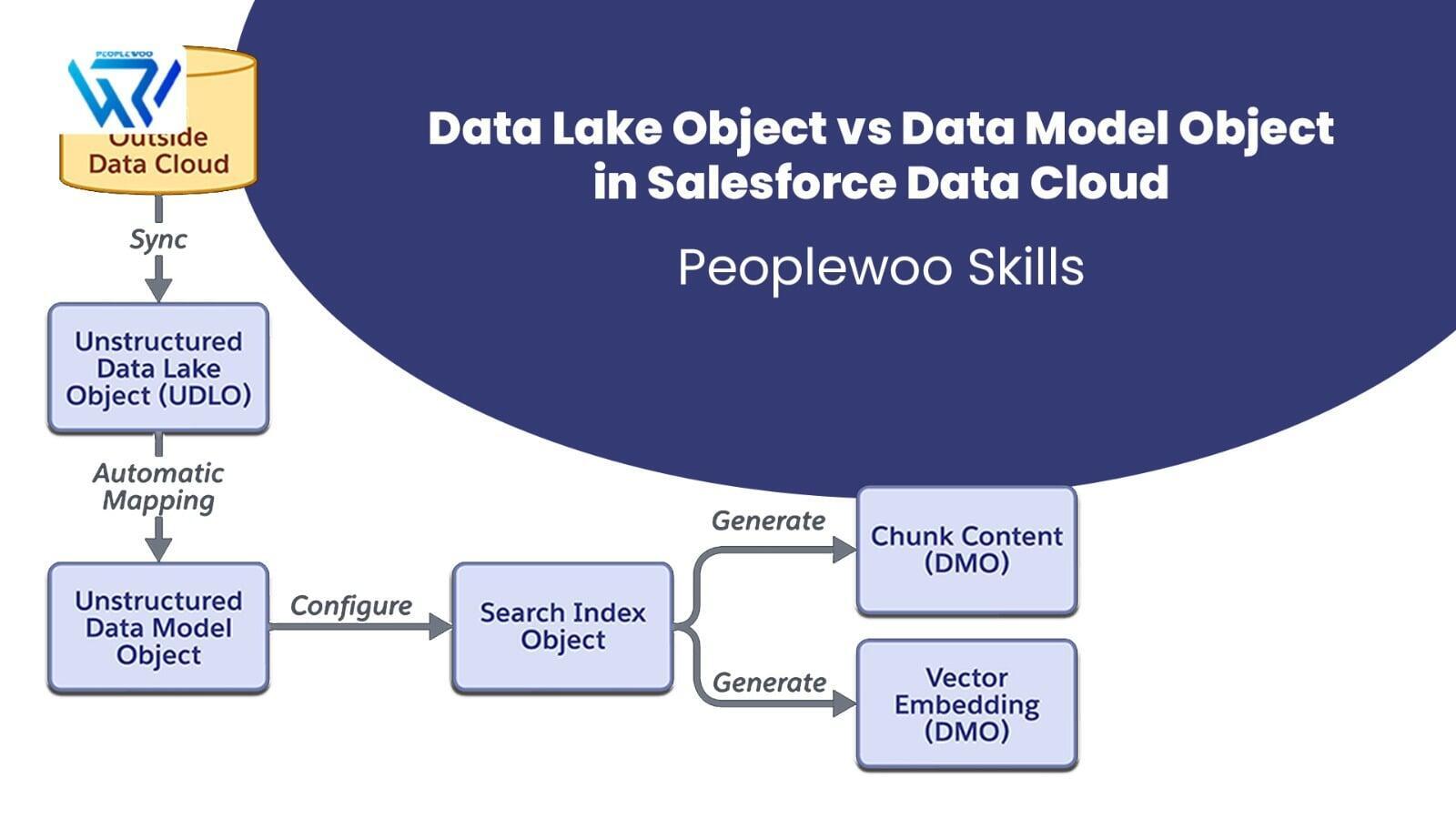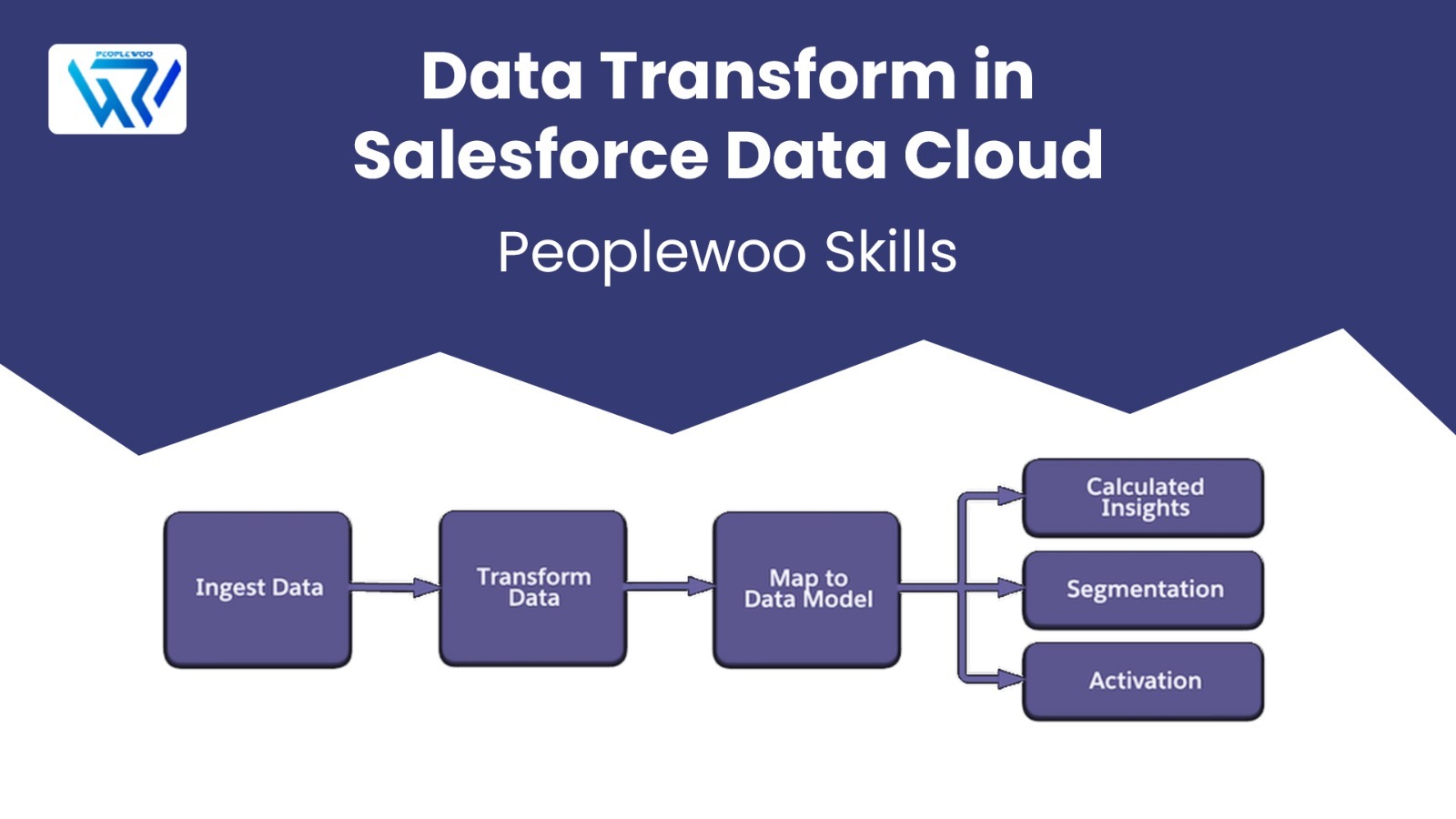Introduction
Data Transform in Salesforce Data Cloud lets you clean, standardize, map and enrich incoming data — turning raw feeds into structured, trusted datasets. Good transforms improve personalization, reporting accuracy, and downstream activations (Journeys, Audiences, Analytics)...









